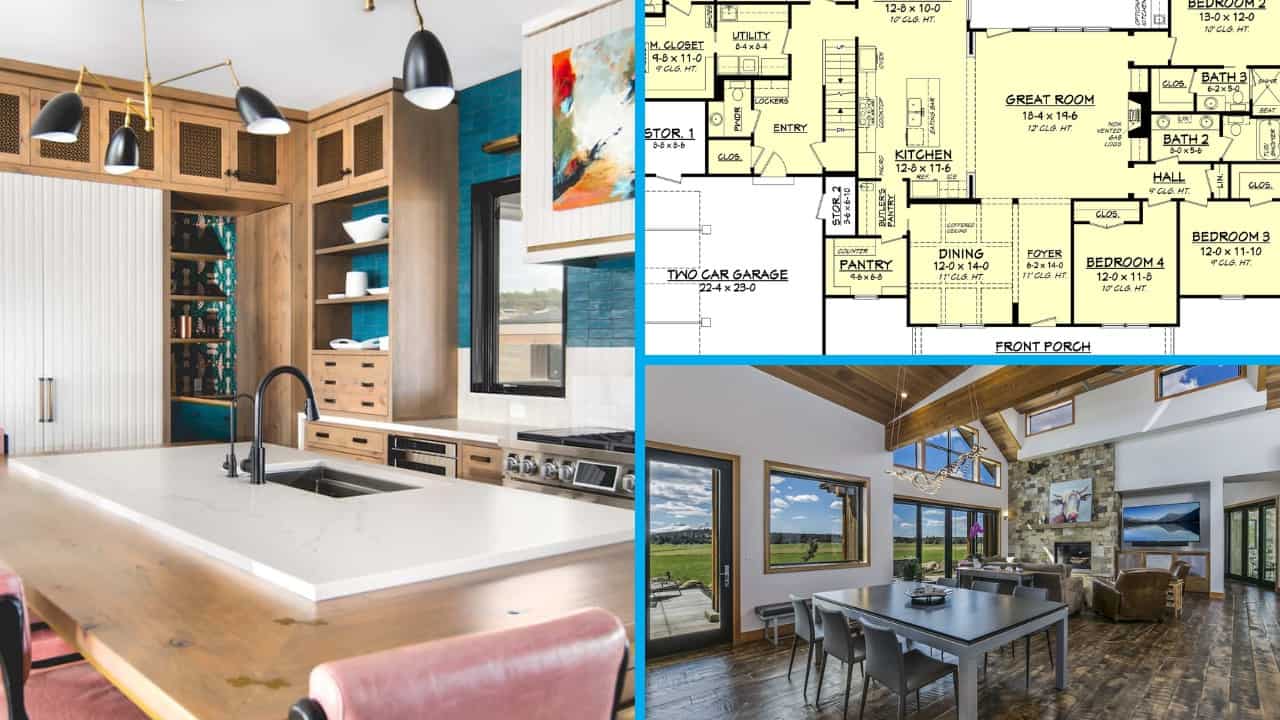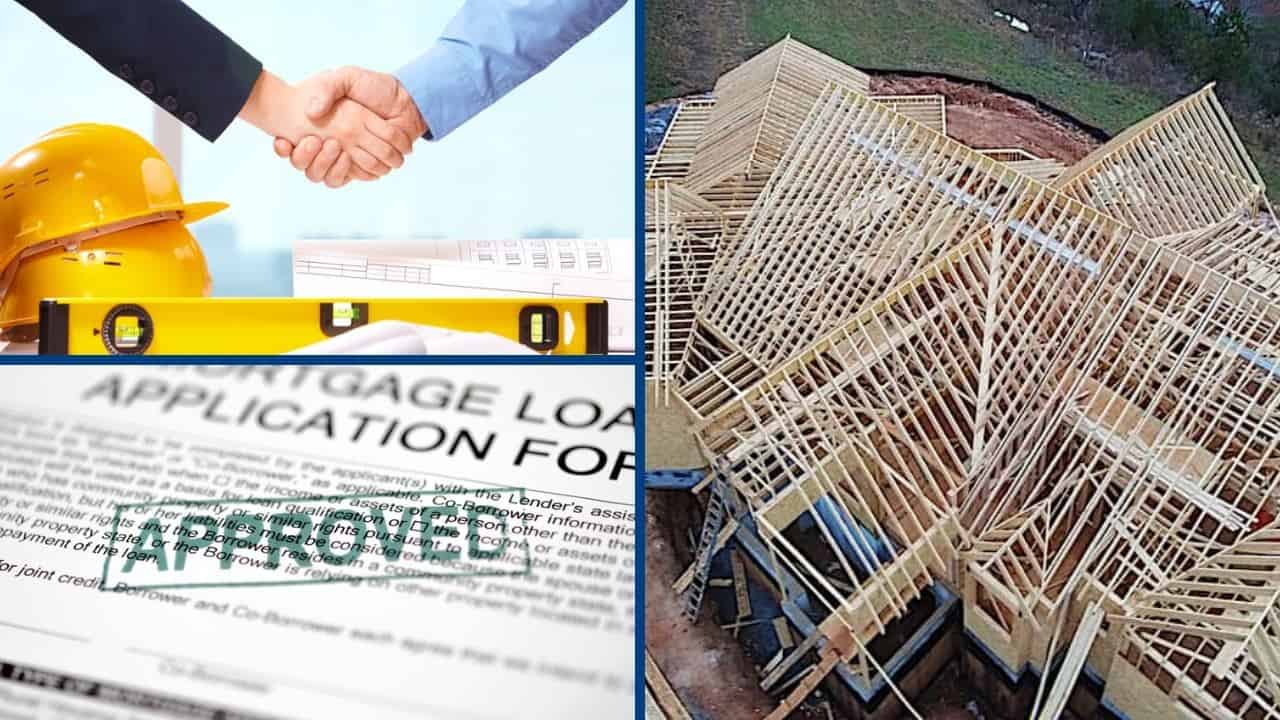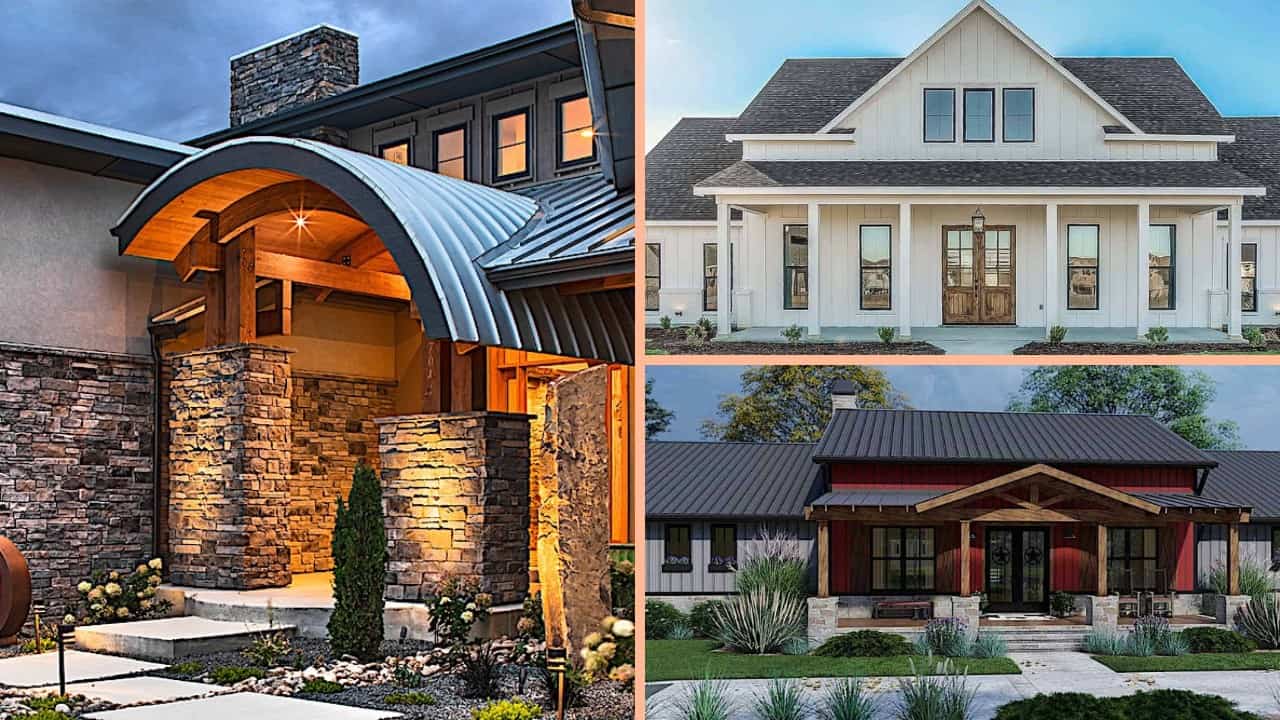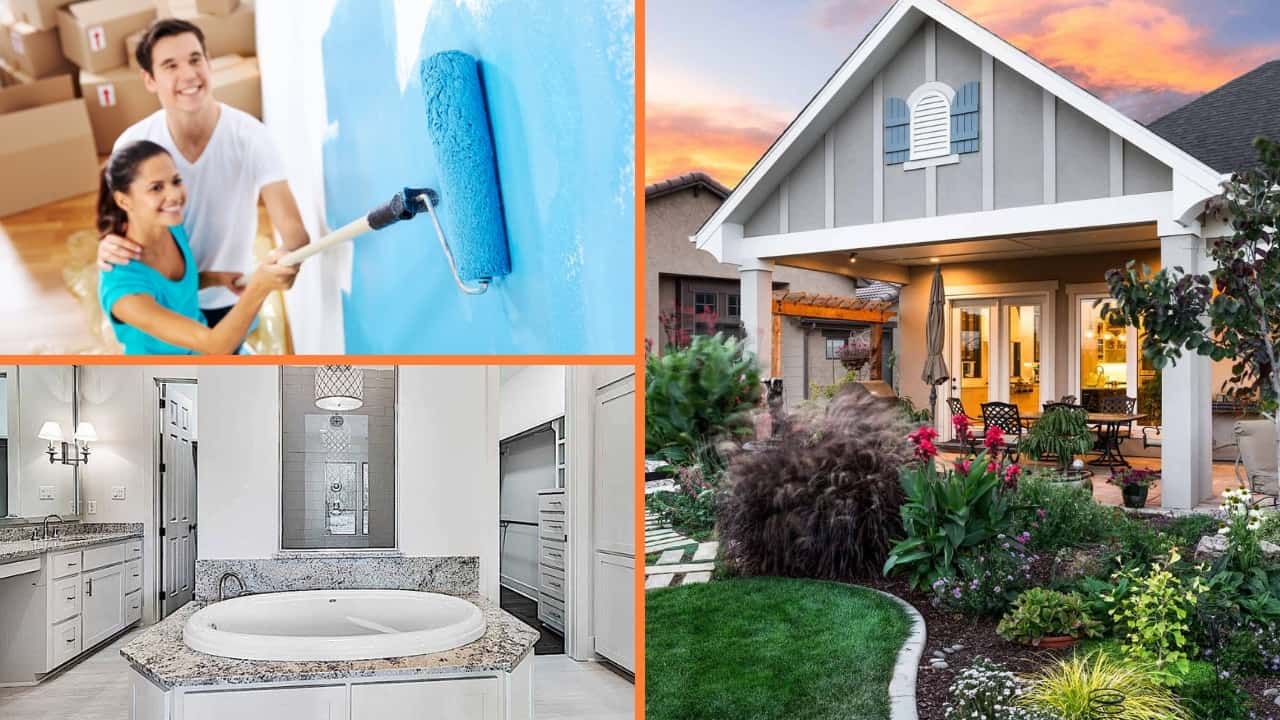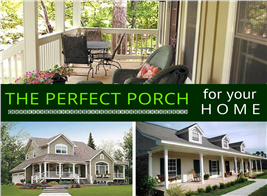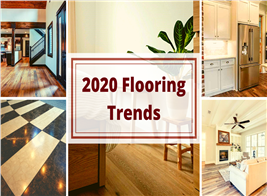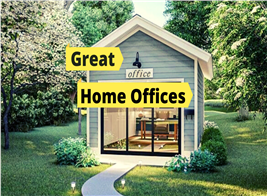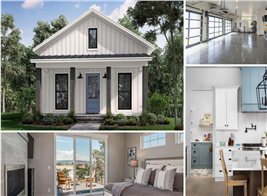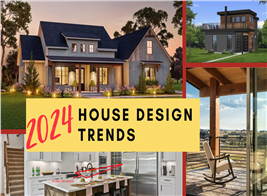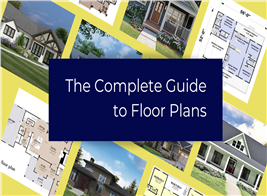House Plans for Disabled Restore Independence and Quality of Life
By Brian Toolan | Updated May 17, 2022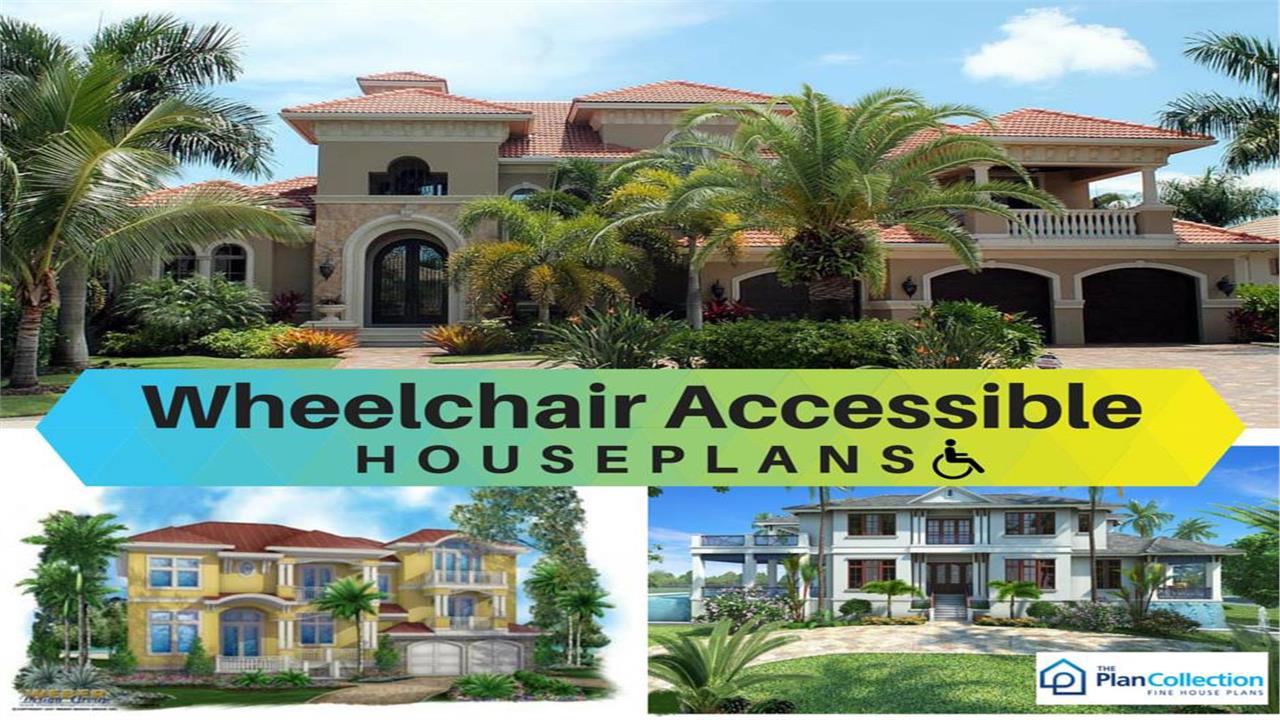
Wheelchair Accessability and Universal Design
Home is where the heart is … and today you can make that home a “forever” place with an adaptable design that meets your changing needs at the different stages of your life or it catastrophic events take place. A style that originated in the ‘60s, the adaptable, or universal, plan is now a popular choice—and several of its features are making their way into most homes.
Started as an advocacy project in the 1960s by American architect Ron Mace and in the United Kingdom by architect Selwyn Goldsmith (both of whom were disabled), adaptable, or universal, design has now become a global design trend. The term “universal design” was created by Mace to describe “the concept of designing all products and the built environment to be aesthetic and usable to the greatest extent possible by everyone, regardless of their age, ability, or status in life.”
While this style began as a design for the disabled, it evolved into much more over the years. Today it caters to the young and old, healthy or otherwise. Its features and products are safe, functional, and convenient, as well as attractive and appealing. Because it is based on principles that meet everyone’s needs and life changes, the home with an adaptable or universal floor plan is perfect for “aging in place.”
In addition, according to the Department of Veterans Affairs Statistics at a Glance, in 2014 there were 3.95 million veterans receiving Veteran Administration (VA) disability compensation in the United States. Any individual with a disability needs a home to accommodate their special needs so they can live safely and with independence; however, it is not always that easy to find available or affordable, accessible housing.
Wounded veterans returning from war often face many challenges, perhaps none so frustrating as physical hurdles in their own homes. For those who have lost limbs, the floor plan and features of their homes often present a daily obstacle course — simple tasks like preparing food or taking a shower are nearly impossible. Depending on each person’s disability, the various needs for access varies greatly.
What’s more, not unlike our disabled Veterans, there are also more than 76.4 million baby boomers (40% of the population) in the United States, with increasing numbers who are cecoming wheelchair bound as they age. So wheelchair accessible house design – sometimes also referred to as universal design – includes home design features that start with the floor plan itself. And while thought of as for older Americans or those with a disability, many of these ideas make sense regardless of age and ability.
Adapting What You Have
Finding the right house to be adapted to accommodate the disabled or elderly can be difficult, and finding one that has already been made accessible is like a needle in a haystack in most markets! Many people with disabilities, including Veterans, simply give up on finding housing for disabilities thanks to a shortage of accessible housing in this country, which is expected to grow worse due to the aging of the graying baby boomer population over the next few years.
There are a number of factors involved when rebuilding an existing home to make it accessible, including modifications, retrofitting, and affordability. And it is not always simply as easy as building a ramp or a more spacious wheelchair accessible master bathroom and/or bedroom. Wheelchair accessibility involves more than just adding a ramp and a roll-in shower stall. Many times the bathroom needs to be enlarged substantially. Some existing houses lend themselves to these adaptations, but others do not, especially in older homes with narrow doorways and hallways or smaller garages.
One also needs to think about obstacles such as a garage that is too small for a lift-equipped van stairways, or even a step down into a sunken room become a tremendous challenge. And let’s not forget those inaccessible door handles, light switches, and in some cases lack of the ability to even access the backyard thanks to sliding door tracks, screen doors, or other obstacles.
Challenges faced by some folks include the fact that when there is no hand function, shower and sink controls must be lowered and converted to handles rather than knobs, not to mention the fact that the controls also need to be at the right height to reach. Support handrail placement must also be reviewed, as well as the size of the shower area and the necessity for two showerheads – an overhead and a handheld showerhead. In addition, most kitchens are not only too crowded, but often will not function at all for a handicapped person who is wheelchair bound given countertop heights and shelving.
Building from Scratch
Oftentimes modifying a home would mean gutting it and creating an entirely new interior space at a comparable cost of to simply building a new house. Building a house from scratch is sometimes the best option. Many of the homes from The Plan Collection can be modified for the disabled. Why wait for your “golden years” to remodel/renovate your home to adapt to your needs and lifestyle changes? As more Americans want to “age in place,” they are now planning a “forever” home during construction. By opting for an adaptable/universal-design floor plan or a one-story home from the outset, families cut down on future remodeling expenses and most importantly, can make renovations fairly easily. It just makes more aesthetic and economic sense.
The Plan Collection (www.theplancollection.com) features almost every type of house plan available, so home buyers can shop for one story house plans, which offer the perfect solution for empty nesters needing to live on one single level. All over the world, people are finding many interesting and creative style options for their adaptable homes. These mostly one-story homes combine the functional, trendy, appealing, and comfortable. The principles of universal design can be applied during construction; and minor modifications are doable in a variety of home plans – including Bungalow, Ranch, Traditional, Contemporary, Country, and Farmhouse plans.
Here are a few of the features disabled homeowners need to think about when building an accessible home:
• Single-level house plan. Having everything on a single floor or story removes the challenges of climbing or descending stairs. It also makes for easier day-to-day living. Not only does the one-story house plan provide a lot of expansion options for growing families, it is also safer for children and elderly members. A house with no stairs is the perfect style for aging parents as well as toddlers.For those looking at a two story home, make sure consider the width of the stairway as well as the option to install an elevator at some point to the future (depending on your budget).
• No – or few – step entry. You should look for a house plan with at least one entryway which involves no steps from the outside into the home. This may be the front door, back entry or even through the garage. This allows for someone with a wheelchair – or anyone for that matter – to enter the home with ease. Consider sliding doors with easy-to-open handles to allow for greater access to the outdoors. Minimizing steps reduces the likelihood of accidents for older family members and those with health issues.
• Wide doorways, foyers, and hallways. For a wheelchair accessible home plan, doorways should be at least 36 inches wide while hallways should be at least 42 inches wide. Make sure there are not too many tight corners in the halls, bathrooms, or kitchens which could make navigation difficult. With this space you can easily move large furniture and appliances around; the wider space also allows clearance for strollers, wheelchairs, and mobility scooters.
• Open floor plans from room to room. There is a reason why the open floor design continues to be a hot trend. In addition to its versatility and adaptability, an open floor layout allows everyone—especially children and the elderly—to move around easily from one space in the home to another without bumping into walls or each other.
• Private screened in porch
• Fewer doors
• Skid-less flooring (hard wood or tile)
• Kitchens and bathrooms with plenty of space. Individuals often take for granted how little space may be required cook a meal in the kitchen or take a shower in the bathroom. However, this may not be the case for someone who requires the use of a wheelchair or is older. Plans should allow for easy navigation in both the kitchen and bathroom by avoiding sharp, narrow turns. In an adaptable/universal design home, at least one bathroom must be on the first floor and feature a barrier-free or walk-in shower—one without a threshold over which one must step. The walls should be strong enough to install benches and grab bars. When designing the vanity area, some homeowners have included an open knee space to have the option to sit down. As with bathrooms, a large kitchen is trendy and very much in demand in adaptable/universal-design home plans. Several innovations include easily reachable switches, wall receptacles, and cabinets. Drawer appliances are great additions in these homes—they can include dishwasher drawers, warming drawers, and refrigerator drawers. Any good designer can make these hideaway drawers attractive and appealing. Open knee spaces are also popular.
• Large curbless showers with chair
• Higher toilet seats
• Lever door handles are now being substituted for traditional knobs to make it easier for the elderly to open doors and more convenient for family members to get in and out—even with grocery bags or a child in tow.

(Photo credit: Martin Zemlickis on Unsplash)
• Multiple level, easy access countertops
• Reachable and easy-to-use controls and switches. When it comes time to build, consider the height of many everyday items like light switches, electrical outlets, and even thermostats. Lowering standard wall switches and raising standard wall receptacles ensures that a person in a wheelchair to have no trouble turning lights on and off or plugging and unplugging small appliances and devices.
• Bright indoor/outdoor lighting
• Large garage to accommodate a lift-equipped van
• Better acoustics
• State of the art security systems
• Lower washer/dryers as needed
• A reachable counter for folding clothes
• Add door peephole at appropriate height
• Adjust the mailbox height
• Ramps where needed for better access
• Automatic doors where needed
• Flush thresholds throughout home

For more ideas when building a new accessable home for the handicapped, check out the following guide with additional tips and resources for disabled housing: ChoiceHomeWarranty.
Throw out all misconceptions about an adaptable/universal-design floor plan. Your plan can be as modern, stylish, and attractive as you want it to be. Besides, this can be your family-friendly “forever” home where you can comfortably and safely age in place.
Source: United States Veteran Affairs; Department of Veterans Affairs Statistics at a Glance













